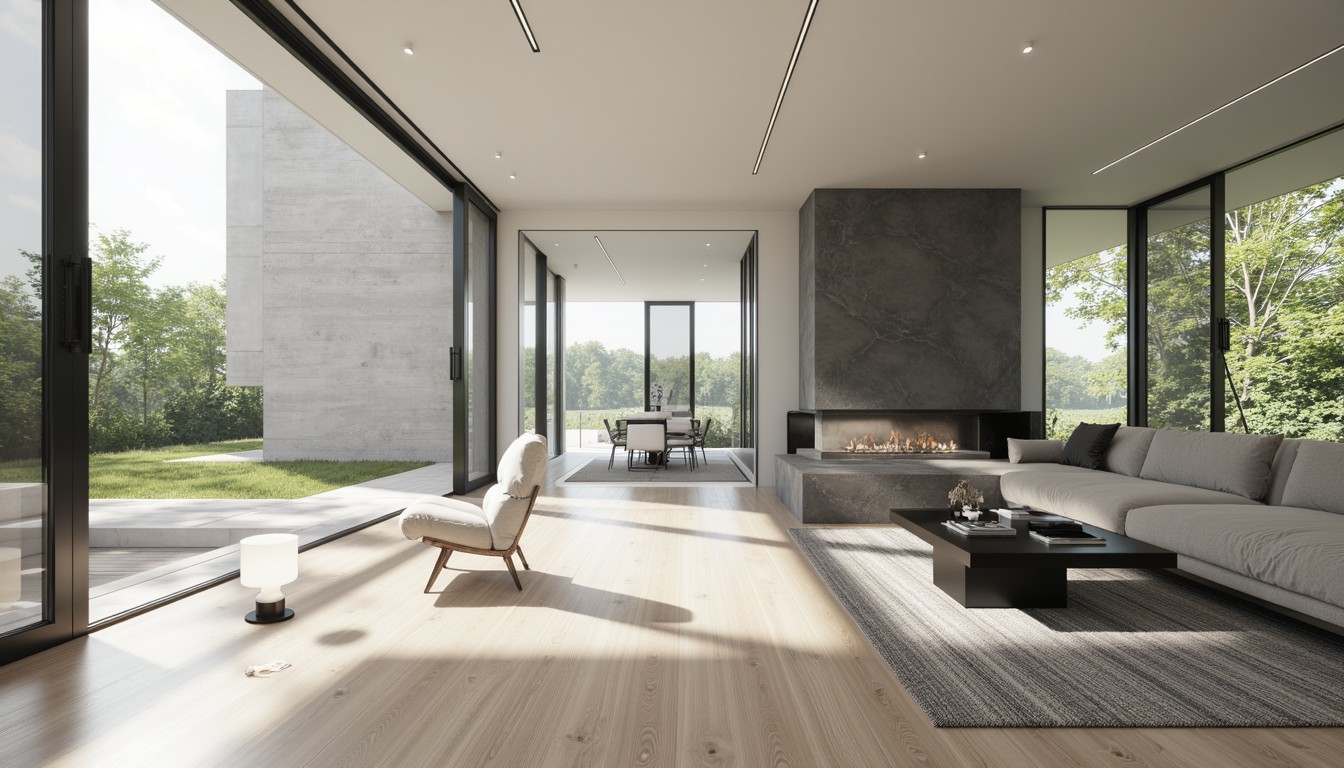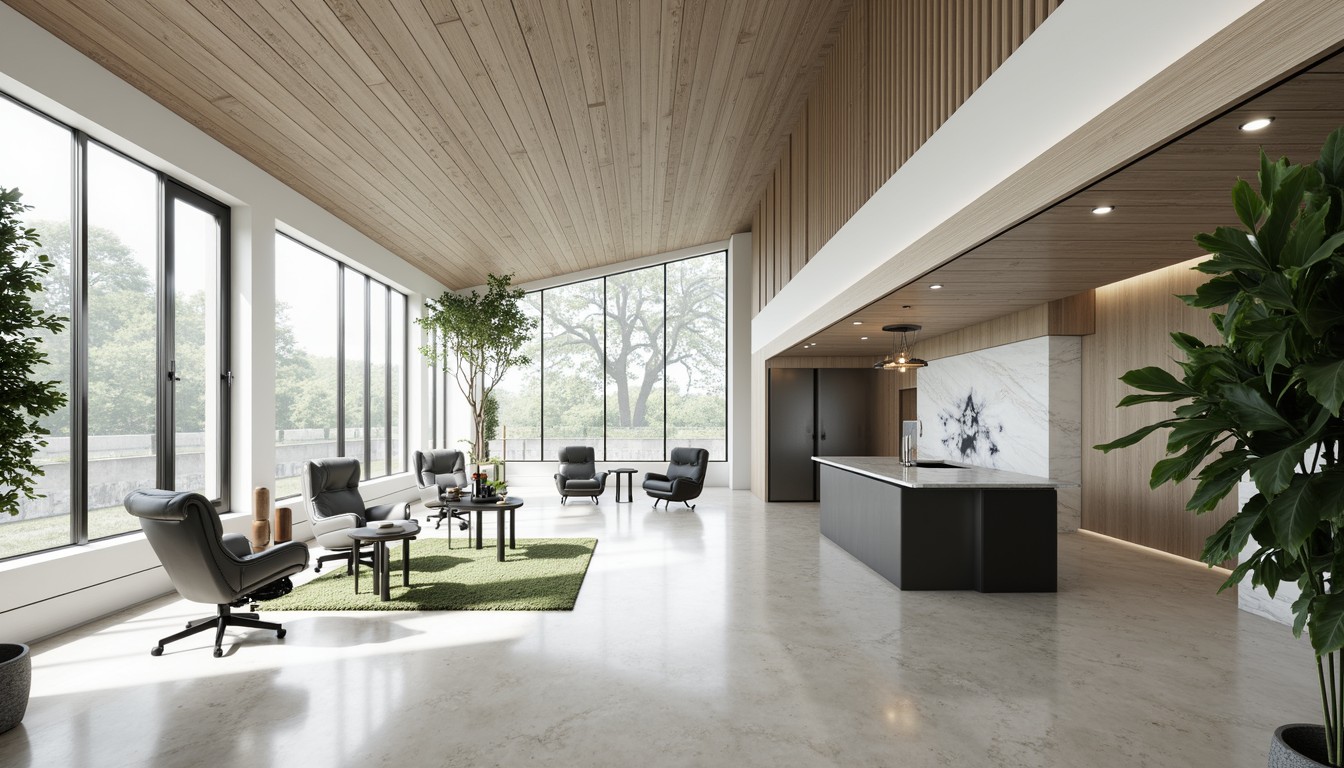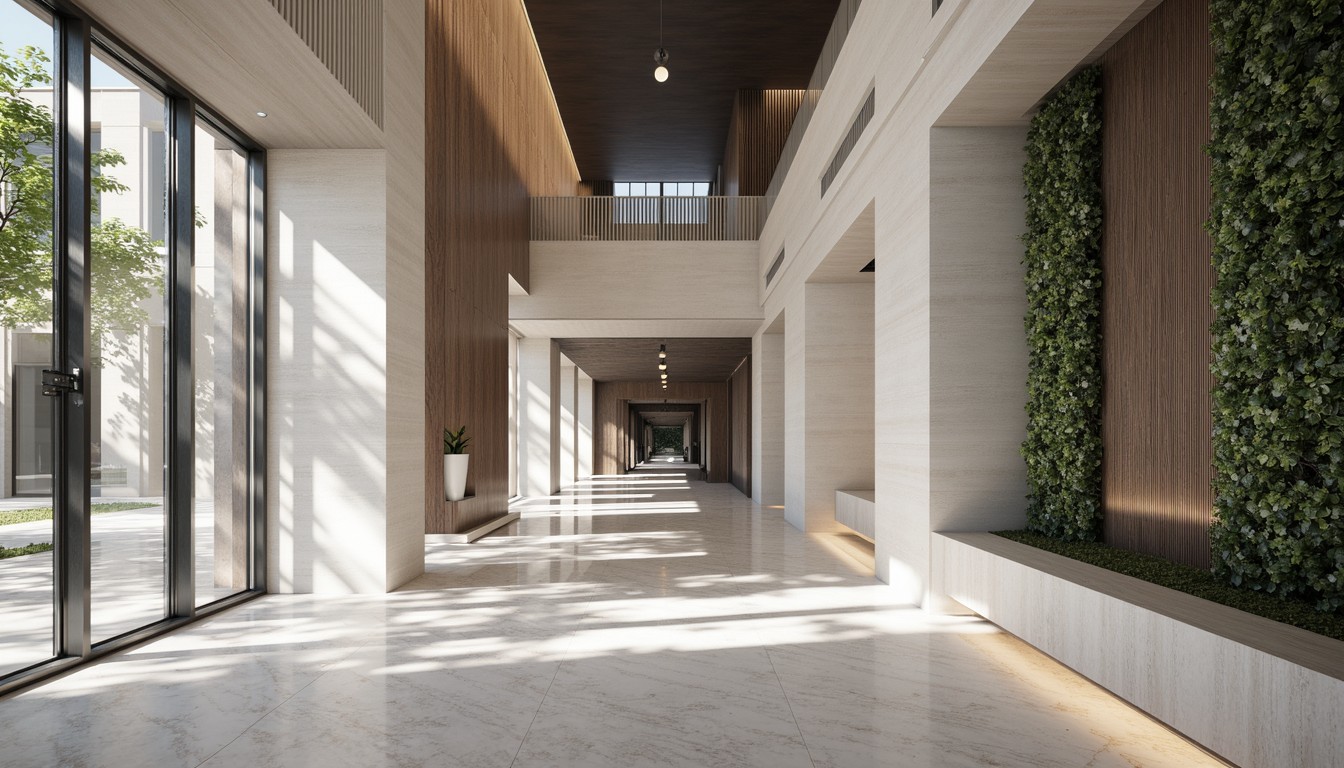Sustainable Architecture: Green Building Technologies & Visualizations
The built environment significantly impacts our planet's health. As architects and designers, embracing sustainable practices is no longer a choice but a necessity. This article delves into the innovative green building technologies shaping the future of architecture, and how ArchNav's cutting-edge visualization services help bring these sustainable visions to life.
Passive Design Strategies: The Foundation of Green Building

Before exploring advanced technologies, it's crucial to understand the importance of passive design. These strategies leverage natural elements to minimize energy consumption and maximize comfort. Key elements include:
- Optimal Site Selection: Choosing a site that maximizes natural light and minimizes wind exposure is fundamental. ArchNav's visualization can showcase the impact of site orientation on solar gain and energy efficiency.
- Building Orientation and Shape: Designing buildings to optimize solar heat gain in winter and minimize it in summer is crucial. Our 3D renderings clearly demonstrate these effects.
- Thermal Mass: Materials like concrete, brick, and stone absorb and release heat slowly, regulating indoor temperatures. We can visualize the thermal performance of different materials within your design.
- Natural Ventilation: Utilizing cross-ventilation and strategically placed openings can reduce reliance on mechanical systems. Our simulations showcase airflow patterns to optimize natural ventilation.
- Shading Devices: Overhangs, awnings, and strategically planted trees can effectively reduce solar heat gain in summer. We can visualize the effectiveness of different shading strategies.
Active Green Building Technologies: Enhancing Efficiency
While passive design forms the base, active technologies further enhance sustainability. These include:
- Renewable Energy Sources: Integrating solar panels, wind turbines, and geothermal energy systems reduces reliance on fossil fuels. ArchNav can seamlessly integrate these elements into your visualizations, showcasing their aesthetic integration and functionality.
- High-Performance Building Envelopes: Utilizing advanced insulation materials, high-performance windows, and airtight construction minimizes energy loss. Our visualizations can help you understand the thermal performance of different envelope systems.
- Smart Building Technologies: Implementing smart thermostats, lighting controls, and occupancy sensors optimizes energy consumption based on real-time needs. We can showcase how these systems work together in our interactive visualizations.
- Water Conservation Systems: Rainwater harvesting, greywater recycling, and low-flow fixtures significantly reduce water consumption. Our visualizations can illustrate the integration of these systems within your design.
- Green Roofs and Walls: These features provide insulation, reduce stormwater runoff, and improve air quality. ArchNav's detailed renderings bring these elements to life, showcasing their aesthetic and ecological benefits.
Material Selection: Embracing Sustainability

Sustainable architecture goes beyond technology; it involves responsible material selection. Choosing recycled, reclaimed, or locally sourced materials minimizes environmental impact. We can visualize the textures and aesthetics of sustainable materials, ensuring your design reflects your commitment to eco-conscious practices.
The Role of Architectural Visualization in Sustainable Design
ArchNav's architectural visualization services are instrumental in promoting sustainable design. Our high-quality renderings, 3D models, and virtual reality experiences allow clients to:
- Communicate Design Intent: Clearly convey the sustainable features of a project to stakeholders.
- Explore Design Options: Evaluate the performance of different sustainable technologies before construction.
- Secure Funding and Permits: Demonstrate the environmental and economic benefits of a green building.
- Engage the Public: Educate and inspire others about the importance of sustainable architecture.
Real-World Applications and Case Studies

Numerous buildings worldwide showcase the successful implementation of these technologies. From the passive design principles of the Eastgate Centre in Zimbabwe to the innovative use of renewable energy in the Bullitt Center in Seattle, these projects demonstrate the power of sustainable architecture. ArchNav has been involved in visualizing many such projects, showcasing the potential of green building technologies.
Conclusion: Partnering with ArchNav for a Sustainable Future
The future of architecture lies in sustainability. By incorporating passive and active green building technologies, and utilizing responsible material selection, we can create buildings that are environmentally responsible, economically viable, and aesthetically pleasing. ArchNav is committed to supporting this vision. Our expertise in architectural visualization empowers architects and designers to communicate their sustainable designs effectively, driving the adoption of green building practices worldwide. Contact us today to discuss how we can help you visualize your sustainable architectural masterpiece.
